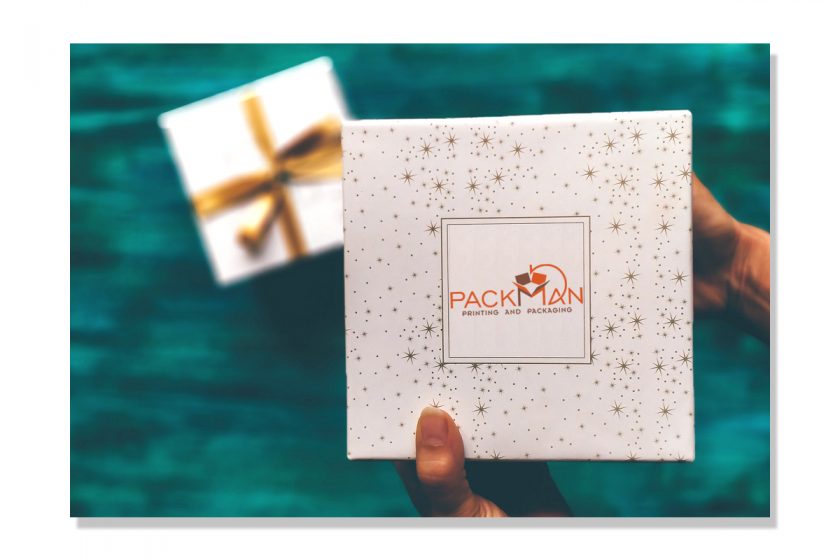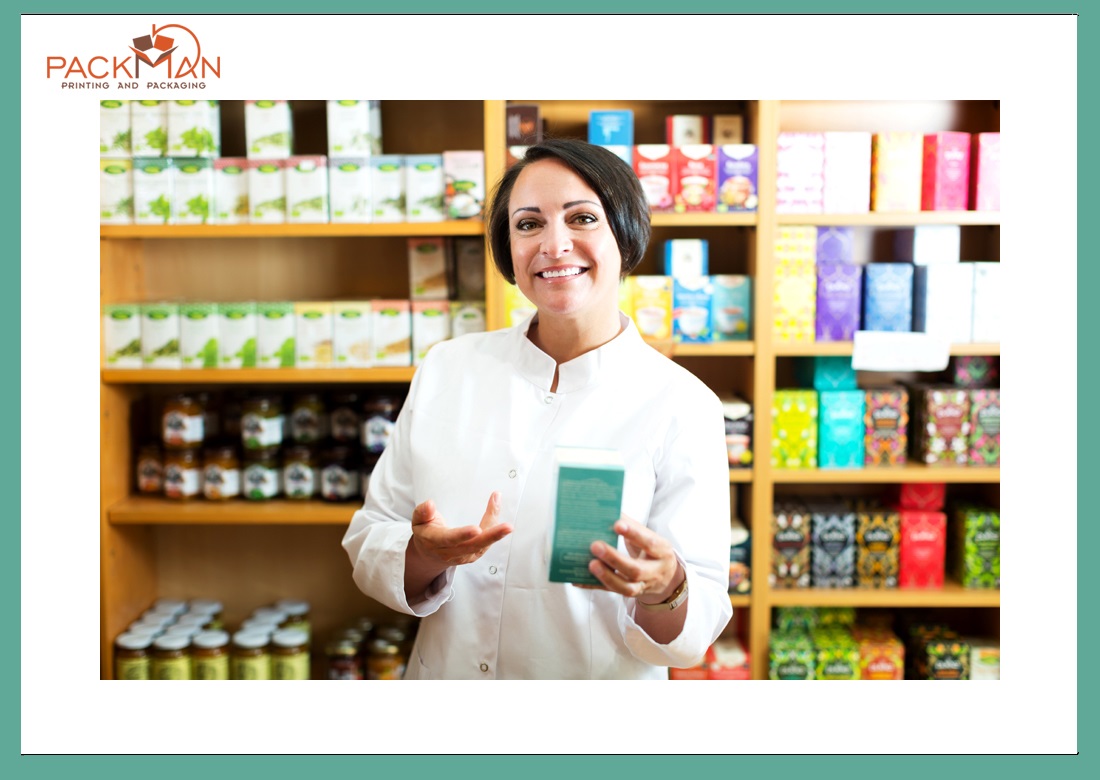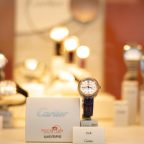The ideal result for a packaging project can be achieved thanks to the perfect mix of different factors: design, functional and structural choices. Basically, there are three factors to keep in mind in order to decide on the right paperboard to create your custom packaging.
Doing that, first, one needs to start from the definition of the most used materials in the folding paper industry. With folding carton, it is referred to a paper-based material with a grammage above 225 gsm, while we refer to paper when made of a lesser grammage. Materials like a microwave or corrugated paperboard are usually referred to as cardboard and they are used to realize, for instance, packing or shipping boxes.
Here in this article, Mr Gaurav Jalan, Founder & Director of India’s leading corrugated box manufacturer Packman Packaging talks about essential tips to choose the right paperboard for your packaging. Here, they are.
A bulkier material is not always the best selection
Believing that a paperboard with a higher grammage and thickness is the ideal choice is one of the most common mistakes. Several companies choose the highest grammages worrying about the weight of products the boxes will contain, or about damages during the transport. That’s not always better.
In fact, the selection of packaging material has to made (besides thickness and grammage) on the toughness of cardboard which originates from the mechanical properties of paper. For instance, a virgin fiber paper same thickness, has better toughness than recycled one, because of the first consists of wood pulp which stiffens the structure, while the second one does not.
Only after checking toughness, thickness, and grammage it is feasible to select the best paper according to the dimensions of the packaging and the weight of the product in it. In fact, if the thickness of the paper is too much, some damages could occur in the package manufacturing, as for example a lower quality of creases, imperfections in closing flaps and eventual manufacturing issues while filling the product.
Use Virgin Fibre Cardboard For Initial Food Packaging
If you are planning for food packaging, particularly the primary one, so direct contact food packaging, the material selection is fundamental. Virgin fiber is certainly one of the best choices, thanks to the spruce and birch pulp used to produce this type of packaging, with no harmful materials added (PEFC certified product should be used)
While producing paper and recycled cardboard it could occur to find some additives (sometimes mineral oils as well). In the case of contact of these components with food, there could be hazards for consumers health. That’s why it is recommended when producing food packaging, carefully opt between virgin fibre or recycled paperboard.
Use The Correct Paperboard According To the Design Options
As you know, packaging design should impress your customer and reveal part of the box content. Selecting a paper able to give great results about that as well are one more fundamental aspect to consider for a professional packaging creation.
One of the most common questions is asked about the best paper to use in order to realize cosmetic packaging. If you wish a material with a higher white point, it is suggested to use virgin fiber papers. One of the most appreciated material in this market.
If one wishes to design an irregular-shaped packaging with many creases instead, it is advised preferring a paper characterized by a lower thickness, so the paperboard tearing can be avoided. In fact, thickest papers are more easily to be peeled. These are just a few resolutions based on the most frequently asked questions, but the world of material for packaging production is highly rich.




